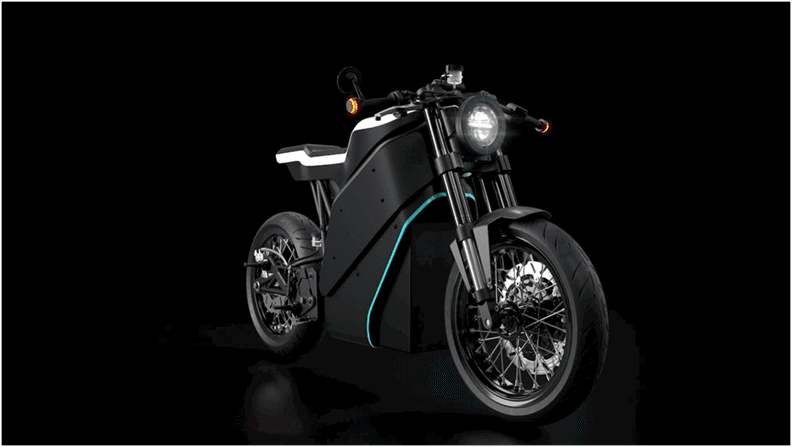Buying a Second-hand Bike? 7 Tips to Keep in Mind
13th November 2021, Kathmandu
Motorcycle scooters have become essential for working people and other consumers in every field. Moreover, if you don’t have your own vehicle in Kathmandu, it is difficult to travel around the city.
But the economic situation of many does not allow them to buy a new motorcycle scooter immediately. Second-hand two-wheelers have become comfortable for such customers.
In the same way, it has been found that people are attracted towards this as they are thinking of buying a new one only after learning the second hand and knowing it well.
With low prices, customers can try out their different models and with finance facilities available, second-hand two-wheelers are the choice of many.
But buying a second-hand motorcycle scooter without thinking about it properly will be a waste of money and will be more of a burden than comfort.
By knowing and understanding its mechanical features and condition, one can get many benefits along with saving money.
In order to avoid being cheated when buying a second-hand motorcycle scooter, special attention should be paid to the following:
1. Engine:
The main feature of a motorcycle scooter is its engine. It is important to understand the engine of the two-wheeler you are trying to buy.
To understand the condition of the engine, you must first hear its sound closely.
The sound of the engine indicates its condition. The sound should be ‘smooth’. It should not contain any kind of squeaky or ‘disturbing’ sound.
The smoke from the engine should also be inspected. If the smoke is not clean and black, the carburetor may be damaged.
It should be understood that the engine consumes a lot of fuel when white smoke comes. The bore, piston, or ring of the motorcycle may be damaged. When black and white smoke is mixed, the motorcycle emits blue smoke.
In this case, the condition of both the engine and the carburetor is not good. So, it is better not to buy such smoky motorcycles and scooters.
If the two-wheeler was in an accident, then its handle will not be straight and its angle will be crooked.
Therefore, to avoid a motorcycle scooter in an accident, its handle should be carefully examined and it should be checked whether it is deformed while driving.
3. Gearbox:
To understand the condition of the gearbox of a motorcycle, first look at the distance of at least one kilometer.
Check how comfortable or awkward it is to use while driving. Similarly, check if the gear is jammed or not.
Stop the motorcycle and put it on the double stand and inspect the gearbox properly. If the gearbox looks different than usual, don’t buy the motorcycle.
4. Wheel:
To understand the condition of the wheel of a motorcycle scooter, place it on a flat place with a double stand. Then check if the tires are in the same line or not.
If both tires are not in the same line, it will be better to not buy them.
Also, look at how old or worn the tire is. If you need to change tires, use them only after changing.
5. Clutch:
Clutch space should be only 10 to 30 mm. If more than this, the load will be on the engine, so you have to pay attention to it. The seller can be asked to change the clutch before buying.
6. Paperwork:
When buying any vehicle, you need to look at the necessary documents carefully.
Check if the motorcycle scooters are identifiable and if the documents are authorized or not. For that, check the two-wheeled chassis number in the blue book.
Similarly, check if the vehicle tax, insurance, or renewal fee has been paid or not.
7. Spare parts inspection:
There are many things to consider when buying a second-hand motorcycle.
The exterior cover of the motorcycle-scooter, how many kilometers it has traveled, mileage, brake condition, headlight, side light, backlight as well as tire, sock, air filter, display, looking glass, battery condition should be checked.
RPM meters, chassis, sprockets, seats, chains as well as all parts should be thoroughly tested.
Buying a second-hand motorcycle scooter without checking and considering it can cost a lot of money, as well as frequent repairs, replacement of spare parts, and risk of accidents.






